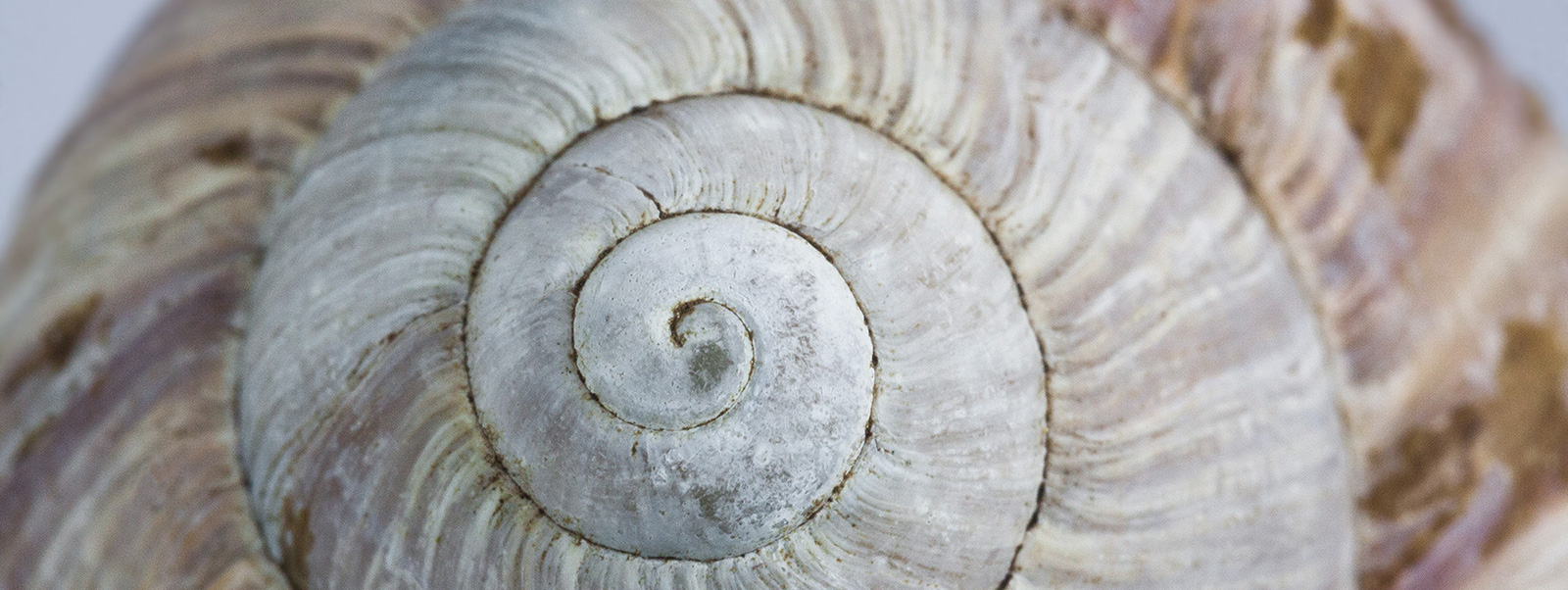Pause
 “How we spend our days,” wrote Annie Dillard “is, of course, how we spend our lives.”
“How we spend our days,” wrote Annie Dillard “is, of course, how we spend our lives.”
How did you spend your day yesterday? How will you spend your day today? Will you flutter from window to window in an attempt to escape this featherless flight of busyness? Will you sit at the feet of the false guru blinded by the harsh neon light that hides the darkness of the shadow? Will you be unwilling to think your own thoughts? Unable to find a voice no matter how timid to say: Enough! No more! Will you beat your instincts into cowering submission when they urge you to leave the burning house and run?
How we spend our days is, of course, how we spend our lives. How we choose to stay in relationships that blister our hearts. How we remain in situations that diminish us. How we meekly, with heads bowed, enter the company of those who, by the poisoned-tipped arrows of their words and the repetitive bludgeoning of their actions, stunt our potential, crush our spirit, laugh at our heroic struggle to grow and to walk away from what feels toxic. We gorge on empty kilojoules – fast-food media, office gossip, relationship melodrama, vacuous conversations. Blindly we rush about, ravenous ants on the march. Doing so much. Being so productive. We shut out the voice that screams for something more. Dying before we dare live, pressing onwards and upwards, straining towards the punitive demands we expect from ourselves – and inflict upon others.
So how will you spend your day today? Will you mark off the minutes and the hours, corral the daydreams, the hopes, the longings behind an impenetrable fence of shoulds and shouldn’ts? “What we do with this hour, and that one, is what we are doing. A schedule defends from chaos and whim. It is a net for catching days. It is a scaffolding on which a worker can stand and labour with both hands at sections of time. A schedule is a mock-up of reason and order — willed, faked, and so brought into being; it is a peace and a haven set into the wreck of time; it is a lifeboat on which you find yourself, decades later, still living,” says Annie Dillard. 
When we focus, concentrate our attention, what are we missing? When we look, what do we not see? When we carve out a walkway in the labyrinth of our life, in a design that fits with our world view, our old conditioning, what do we hack away and trample upon in our urge for perfect symmetry? When we float through the world, attached to the umbilical cord of the iPhone, blinkered behind dark glasses of our endless to-do lists, are we floating through Life itself?
Small children and animals are our guides and teachers in mindfulness. The way they focus on the little things – a butterfly sitting on a flower, the smell of another dog on the side of a park bench, a bird flying from the foliage of a tree, a glimpse of the ripening moon from behind a dark tangle of cloud. Neale Donald Walsh says that “the degree to which people have evolved is instantly revealed through what they call entertainment and fun…nourishment of the mind is no different from nourishment for the body. What you put in is what you get back. In triplicate.”
 So just for today, let’s rest a while in the pause of a heartbeat, in the warm embers of a love remembered. Let’s feel what we have been afraid to feel for so long. Let’s glimpse through the spaces in our busyness the mythic journey we all embark upon as we transform, re-birth, re-image ourselves in our own private lunar cycles of renewal. Let’s observe those small brushstrokes amidst the broad ones. And attune to the sacred cadence of our soul song.
So just for today, let’s rest a while in the pause of a heartbeat, in the warm embers of a love remembered. Let’s feel what we have been afraid to feel for so long. Let’s glimpse through the spaces in our busyness the mythic journey we all embark upon as we transform, re-birth, re-image ourselves in our own private lunar cycles of renewal. Let’s observe those small brushstrokes amidst the broad ones. And attune to the sacred cadence of our soul song.
Photographs with acknowledgement and gratitude by Blerta Zabergia
Emily Barker and the Red Clay Halo – Pause


